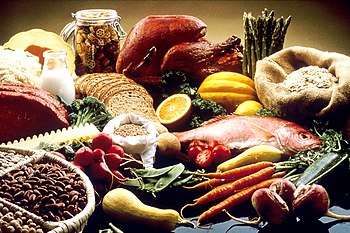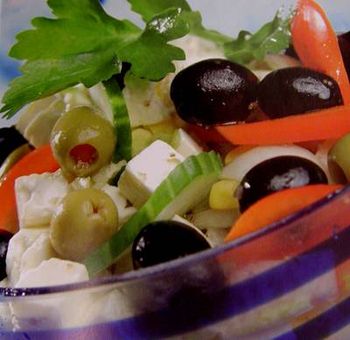We've gotten so used to seeing nutrition labels on our food, does anyone even pay attention to them? Actually, the answer is; "Yes." Since the 1960s, food labeling has become the norm, rather than the exception. In the beginning, we saw foods mostly labeled for additives. The idea was to inform the consumer of ingredients they might prefer to avoid.
Then during the 1990s, a new focus was added: the idea that nutritional data was also important to consumers. New labeling terms were standardized so we could compare the claims made by food manufacturers. Terms like "low fat," "light," and "no sugar added" were investigated and new guidelines were created.
All this led to the nutrition label we see today. Now we find facts for fats, calories, and percentage of dietary values for vitamins, minerals, and other nutrients based on a specific caloric intake. This is all well and good, but we all know how confusing all of this information can be. We also know there are still some bits of information missing.
The New Nutrition Label
 |
| US Nutritional Fact Label (Photo credit: Wikipedia) |
According to the FDA, change is good, especially when it comes to clarifying nutrition labels. The last update was in 1994, and a lot has changed since then. Popular opinion, common sense, and scientific studies all played a part in these changes.
Here is an example of common sense. If you've ever struggled with calculating serving sizes, you are not alone. The new labels are designed to take the fractions of servings out of choosing a food product. This change was brought about by one common sense notion; when we sit down with a soft-drink, we don't care if it's 16 ounces, 12 ounces, or 20 ounces. We are most likely going to drink the whole thing.
It's simple. The old labels assume a certain number of ounces was a 'serving.' The new labels take into account that we are not drinking part of a bottle of soda at one sitting; we are drinking it all. The new label will read "1 serving per bottle" and list the ingredients, calories, and nutrient information for that one bottle, not a portion of it. Common sense and no more math.
Larger packages which you would divide will have two column labels; one with "per serving" and the other with "per package" information. Think about a bag of chips or pint of ice cream. A person may choose to eat the entire package. If so, that person may want to be aware of what is being ingested. On the other hand, that person may wish to divide that bag of chips into the serving sizes on the package so he or she can limit their caloric, or sodium, or sugar intake to the "per serving" amount.
Speaking of sugar, labels will now show "added sugars" as a separate category so the consumer won't have to try to calculate natural sugars that occur in a product versus added sugars. Until now, "sugars" was a combination of added and natural sugars. Consumers said they wanted to know how much of each, and this new label will address that issue.
Science is playing another big role in these new labels. Since a lot of recent studies show that many Americans are currently deficient in Vitamin D and potassium, these two nutrients will now have a featured spot on the new label. Vitamins A and C may keep their place if the food manufacturer wishes to highlight them, but they are not required any longer. The 'daily values' will change for things like sodium, lowering the percentage to reflect a recommendation to lower sodium to reduce high blood pressure.
The ever popular "calories from fat" will be eliminated. This is due to studies that indicate that - as we often discuss - weight gain is caused by
the type of fat consumed, and
not by
the amount of calories from the fat! You will still find the boxes for "total fat," "trans fat," and "saturated fat" so you can make an informed decision about what sort of fat you want in your meal.
You will also see calories take center stage. With the new enlarged font, you won't have to search for the number of calories in that bag of cookies. And, as mentioned, the package will take into account most consumers habits and assume that most people don't stop at just one cookie.
These are all good changes. From the common sense soda serving example, to the scientific research regarding calories from fat and vitamin D deficiencies, the labels will give the consumer more up to date information. And, with the more visible calorie count, it will be rather difficult to explain away eating an entire box of cookies or bag of chips and pretending you didn't know how many calories you just ate. I'm sure that never happens, but it is good to know. :-)
And, the more we know, the more likely we are to make healthier choices. And of course, be sure to keep educating yourself on making truly healthy choices - just
visit our main blog for the latest updates on health & nutrition!
And remember, when you cook your own meals at home from scratch, you won't have to worry about labels anyway!









